The Best Noise-Cancelling Headphones of 2019 | GQ
We tested a ton of noise-cancelling headphones and found the six best pairs for tuning out everything from jet engines to Jeremy in accounting.
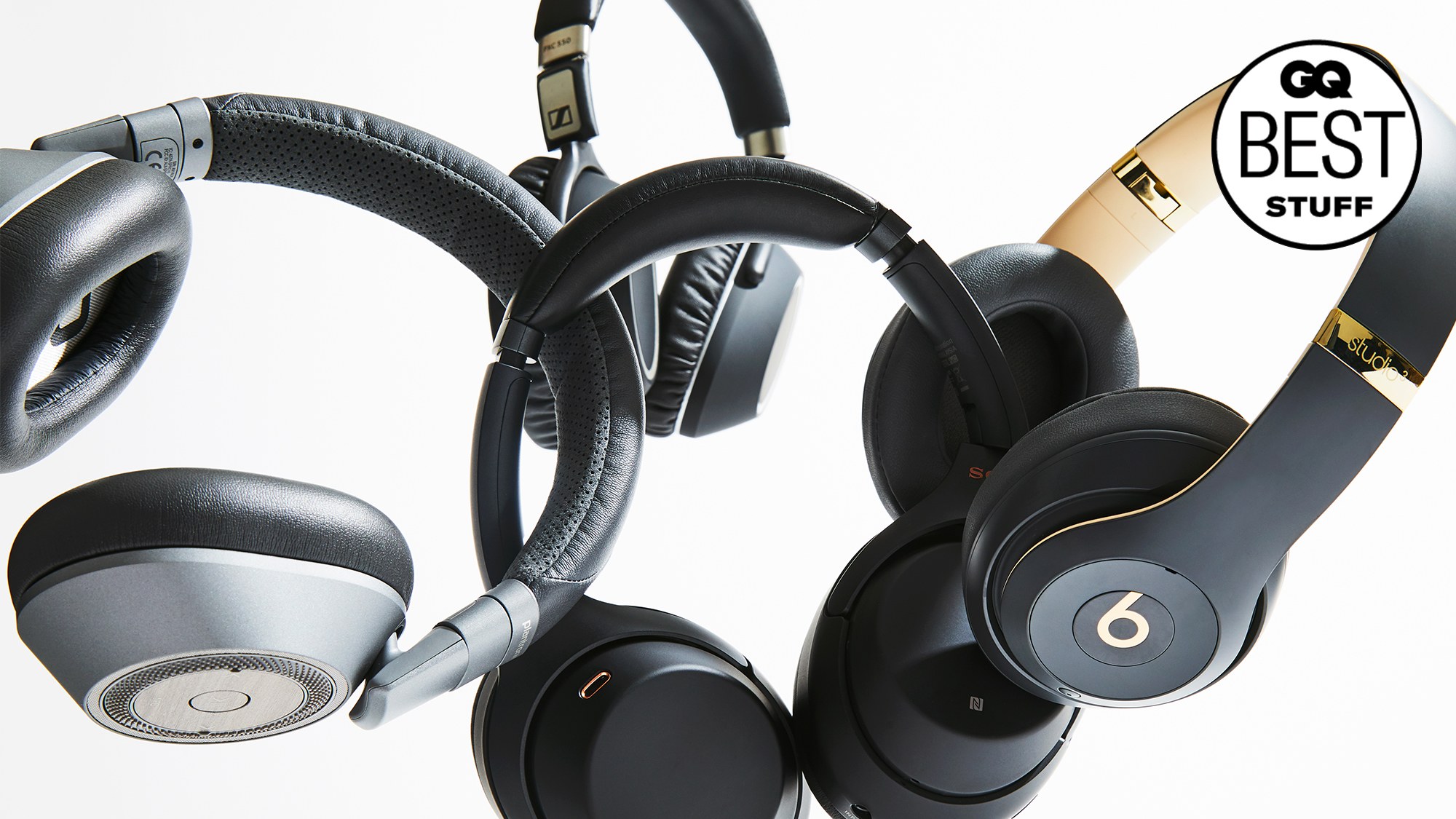
Every year, noise-cancelling headphones become more valuable. The background noises in life are getting louder, or at least more annoying. Chalk it up to the mainstream adoption of shared workspaces, remote work, and—christ—open floor plans. Blame it on to the growing amount of people who deem it acceptable to host conference calls in cafes or bachelor parties on planes. Curse the companies that made battery-powered wireless speakers ubiquitous.
(Prices in USD)
For years, Bose headphones have cancelled outside noise so effectively that the only real reason to look elsewhere was if the ~$350 price tag was too high. But over the last few years, everyone has put out headphones with active noise cancellation (ANC), giving you more options for reducing the world around you to a quiet hum.
The best noise-cancelling headphones block out external noise so that they can feed well-balanced and clear audio—ideally, at lower volumes. Less distractions are nice, but reducing the decibels hitting your ear drums is critical. They’re not going to look back in 50 years and say we should have have been listening to headphones louder.
Most people who own noise-cancelling headphones wear them for hours every day, so comfort, battery level, and design are important factors to consider, too. Remember: if you wear clunky neon yellow headphones every day to work, our colleagues will forever picture you wearing neon yellow headphones. They won’t remember a single other thing about you. Neon headphone guy. Proceed with caution.
Below, our favorite noise-cancelling headphones.
Our new favorite noise-cancelling headphones are the new noise-cancelling headphones from Bose. Shocking! As we write in our review:
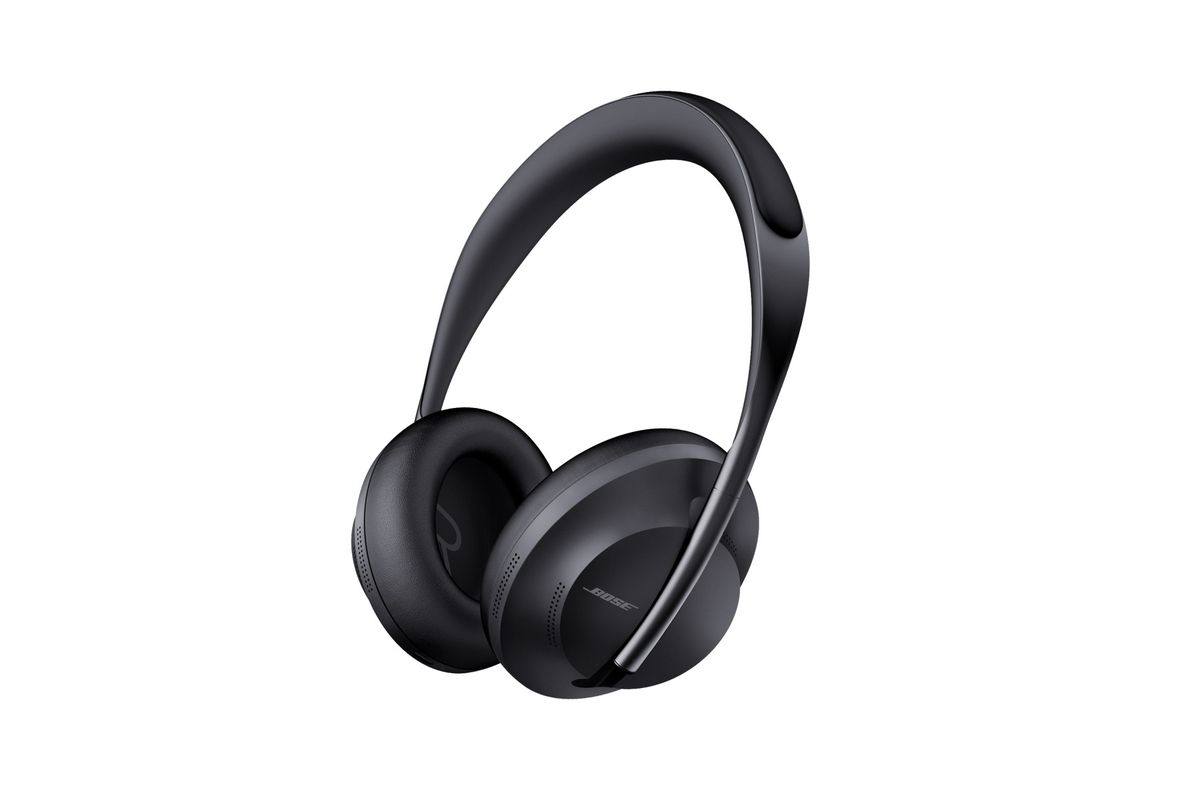
The Bose Noise Cancelling 700 represent a total overhaul of the [company’s noise cancelling] line. That starts with the design. The 700s look much sleeker than their predecessors, and they feature a nicely padded headband that tapers towards the earcups, which you can easily adjust for your head size.
But looks account for nothing if the noise-cancelling on a pair of noise-cancelling headphones isn’t any good. Fortunately, the noise-cancelling on the Bose 700 is really excellent. Based on a head-to-head comparison, it’s better than that from the [Sony] MX3s. It’s not leagues better, but it’s better enough that you’d notice the difference, especially when you compare the experience in loud environments like airplanes or on the subway.
The Bose headphones have a more neutral sound profile than the Sony’s. Where the bass on the Sony’s is emphasized, the bass on the Bose is simply present. Generally this means that music on the Sony’s sounds a little more exciting, but sound on the Bose is more balanced. The Sony’s might bring out Q-Tip’s iconic bass lines in Low End Theory, but you’ll be able to focus more on the dexterous rhymes of each Tribe Called Quest member a little bit better with the Bose headphones.
In addition to having better noise-cancelling and better base sound, the Bose 700 have a lot of the usability features we’ve been waiting to see on Bose headphones. They charge over USB-C, Bose estimates that in 15 minutes you can get 3.5 hours of juice (it’ll take another 2 hours to get a full charge). They have intuitive touch controls that allow you to adjust volume and pause tracks on the right ear cup, which work a lot better than those on the Sonys.
This pair matches the noise-killing magic of older Bose headphones, like the Bose OC 35 II, reducing background sounds to nothing at all. Like most noise-cancelling headphones, this is most effective with constant hums, like airplane engines and trains and air conditioners. But it’s effective in cancelling out just about everything, so much so that it’s…a little disconcerting at times. Thankfully, you can adjust the ambient sounds with the app. You can shut off the active noise cancellation or increase the amount of ambient sound control—you can even tap a box to allow voices specifically to cut through. Most of these higher-end headphones offer an app, and most of them are fairly worthless, but Sony’s offers the best tools for making minor adjustments to the amount of ambient noise coming in.
The sound is terrific—everything feels balanced, and with a bass that’s full and clear. Typically, closed-back wireless noise-cancelling headphones have trouble creating a wide soundstage; basically, that feeling you get from nice speakers where you can pick out individual instruments easily. But even in louder environments, the XM3s can place individual sounds. You’ll feel like you’re rocking out even when your phone’s volume level is a few blips down from where you typically have it. Andy Puddicombe’s Headspace narration sounds so clear and full, like it’s being piped into your brain from above. You’ll soon start listening to podcasts based on the quality of their microphones.
On the left earcup, you can tap and swipe to increase volume, skip songs, and take phone calls. Sometimes, we had trouble tapping and swiping our earcups accurately, which is kind of the problem with using touch controls instead of buttons. (Upside: buttons look lame.) The right earcup feature is the coolest one. Place your right hand over your right earcup, and you can temporarily cut out your noise cancellation—great for those times where you just need to hear what’s going on for a couple seconds. But we (and the good folks at The Verge) have found that these touch controls are the source of frequent malfunctions in the winter, which limits your ability to use these otherwise great headphones year round.
That said, with a 30-hour battery, these are still really great headphones for everyday use. Thanks to the USB-C charger, you can get five hours of playback with a 10-minute charge. As someone who notices that their headphones are dead only as they’re on the way to the airport, this is a lifesaver. Also nice: all the cables you need for airplane audio connection are included, unlike with the Bose Noise-Cancelling 700s. We still prefer those newer Bose headphones, but if you want to save a bit of money, the Sony WH1000XM3 are an excellent option to consider.
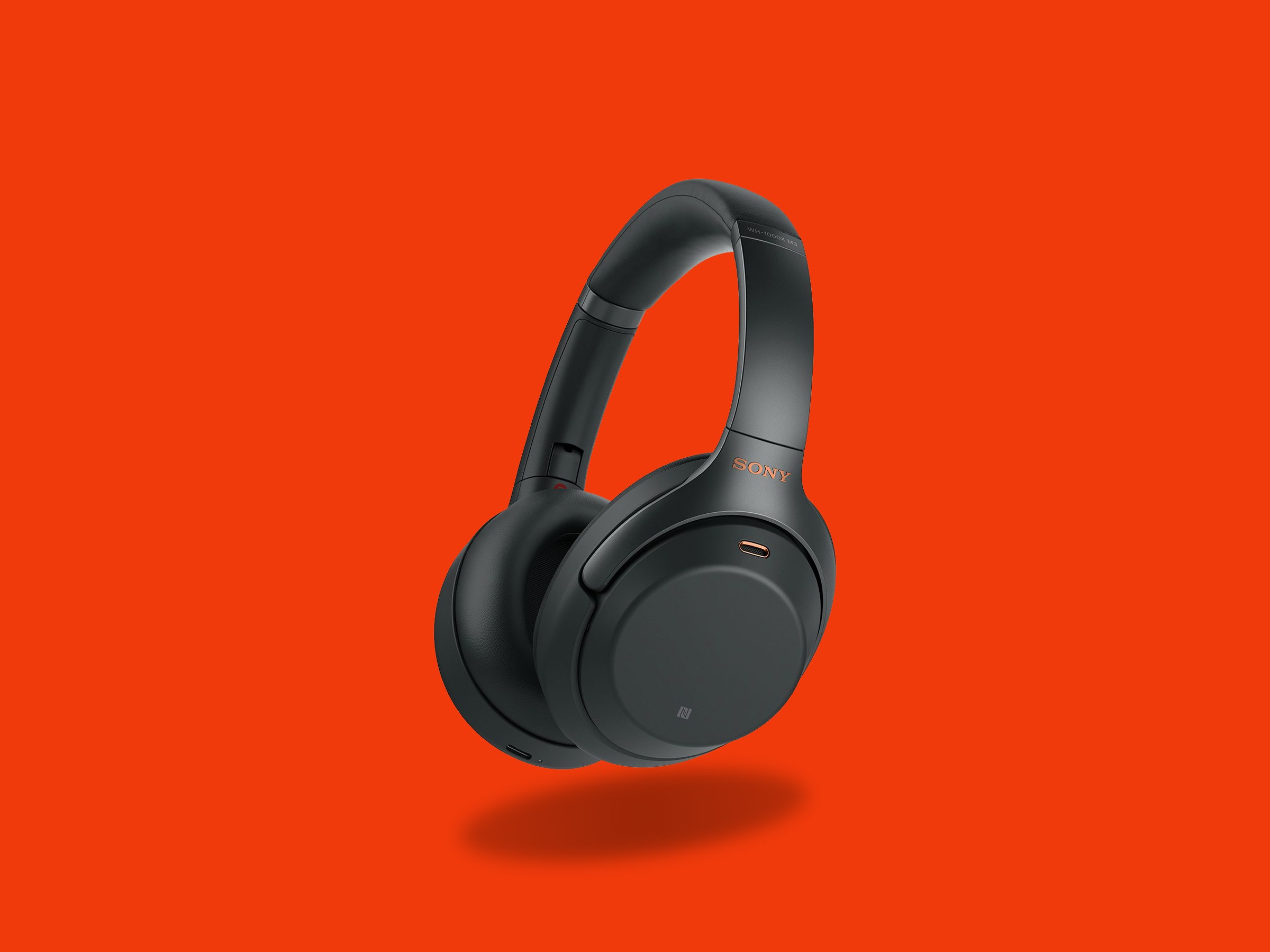
Master & Dynamic has a longstanding reputation for making headphones that look almost as nice as they sound. We’ve previously called the company’s MH40 over-ear headphones “the most stylish headphones money can buy” and we also like the company’s MW07 True Wireless headphones. So we had high expectations for the company’s new wireless noise-cancelling headphones, the pricey MW65s. Luckily, they deliver on the most important metrics.
The MW65 sound really great. They have a similar sound profile as the Bose Noise Cancelling 700s, neutral but still detailed. Anything we listened to through the cans whether a podcast or the new Angel Olson album sounded exactly as it was supposed to, with no added sibilance or distortions. The new headphones basically maintain the design of the MH40 (An advantage! They look nice!), but are a bit lighter. Because of this, and the leather padded headband, these headphones are really comfortable to wear for long periods of time. Over the course of a full workday, I never felt like I had to take these off.
The noise-cancelling on this model is effective, but a little buggy. It has two settings: high (recommended for airplanes and noisy streets) and low (recommended for something like a coffee shop). The high setting is pretty effective at reducing normal ambient noise. It allowed me to focus on finishing a book in a noisy restaurant. But after leaving the restaurant, these headphones immediately revealed an Achilles heel—wind. Even a moderate breeze got picked up by the headphone’s microphones and created some unpleasant audio spikes. These spikes were far more infrequent on the lower noise-cancelling setting, but that kind of defeats the purpose of having noise-cancelling headphones.
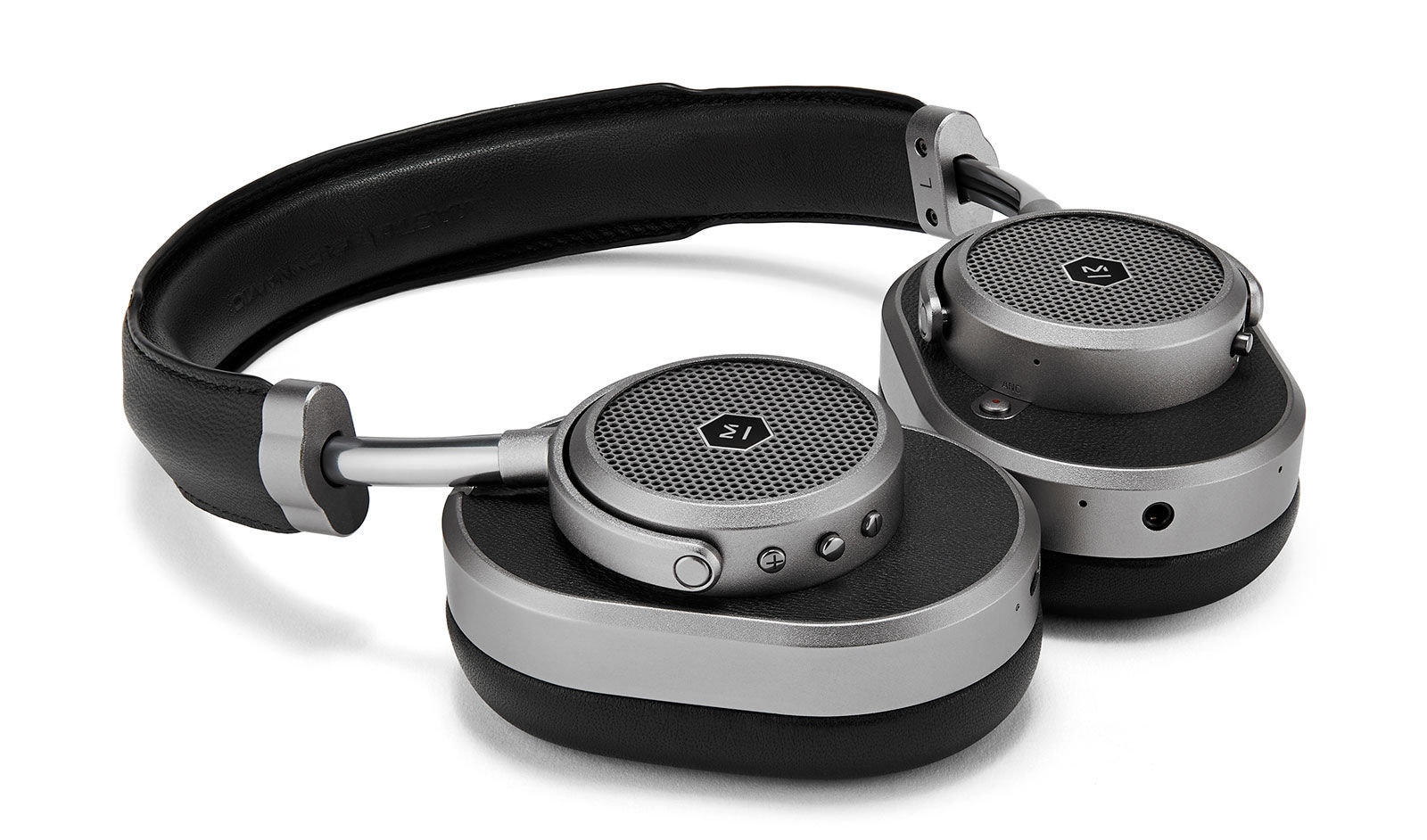
Considering that this is the first pair of noise-cancelling headphones M&D has ever made, this bug is understandable. But it does limit the mileage you’ll get out of these headphones. That said, if you’re looking for a stylish pair with a decent battery life to flex in your office or on long flights, this is a fantastic option.
This pair has been one of our favorites for a few years, and at a new lower price, we like them even more. The PXC 550s are beautifully designed headphones with super comfortable earcups. The noise-cancellation isn’t quite as good as the Sony or Bose, but the sound quality is every bit as good—if anything, they sound even more clear in relatively quiet environments. Spend some time in CapTune, Sennheiser’s app, and you can tune the sound signature to your liking.
The right earcup is a touch-sensitive pad that lets you control the volume, play/pause, and track. I could swipe back 30 seconds if I spaced out during an audiobook, which happens approximately every 90 seconds for me. And flipping the earcups out of their folded position turns the headphones on, so they’re usually paired by the time they’re on your head. It’s an older model, and the noise cancellation doesn’t quite match its competitors, but for $100 less, that’s not a bad compromise at all.

The best noise-cancelling headphones are expensive, but Plantronics offers good sound quality and decent noise cancellation at much lower prices. We tested the BackBeat Pro 2 Special Edition at $229, but the regular edition is similar enough at $131 to be a no-brainer.
The headphones smartly pause when you take them off, and a button on the side lets you quickly flip off the noise cancelling to hear ambient noise. The buttons on the earcups feel a little flimsy, but they also make controlling the music and volume easy.
The noise cancellation is fine, which means they’re better suited to average offices and commutes than to hours spent on planes or in super-loud cafes. But if you’re currently working with non-noise-cancelling headphones, these are an instant upgrade at a reasonable price.
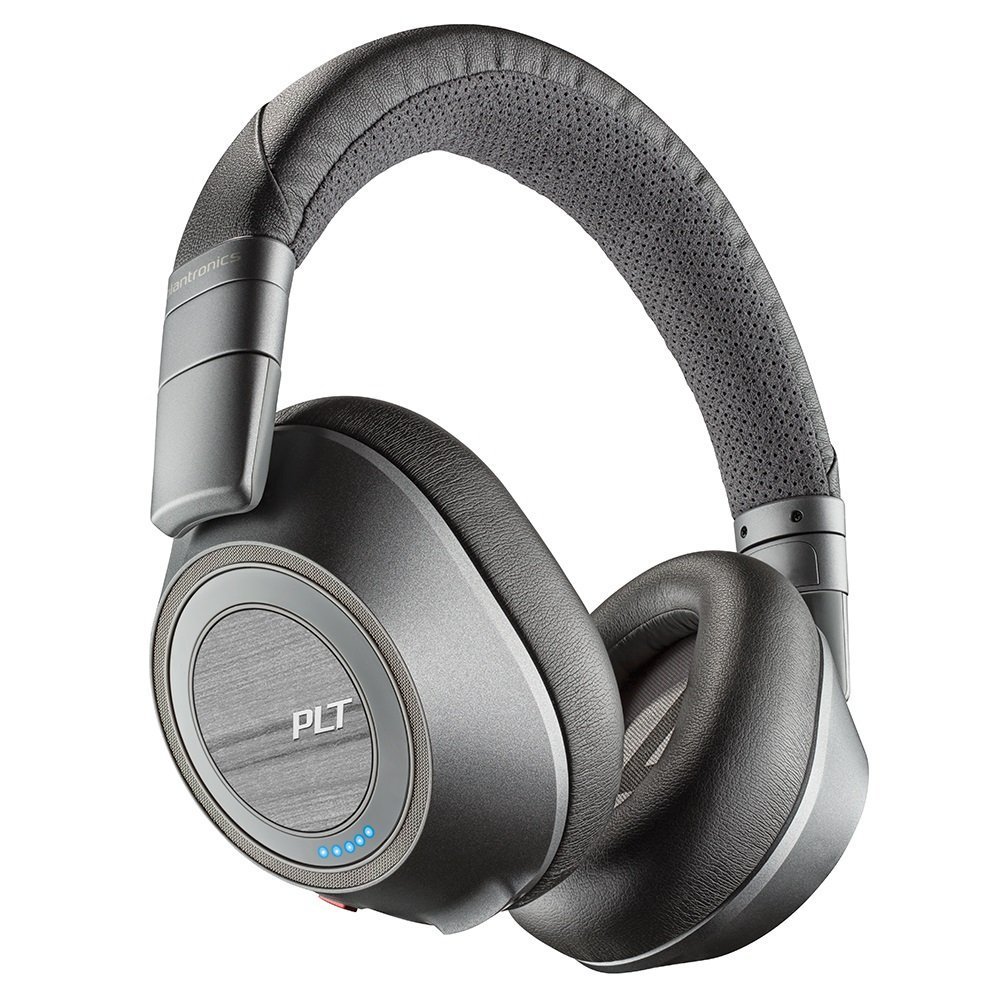
In the past few years, the higher-end Beats pairs have really improved in the sound department. At the price, the Studio3 headphones don’t cancel out sounds as well as the Sony or Bose pairs, but they’re a compelling alternative if you don’t need the intense noise-cancellation those pairs provide, and instead want seamless iPhone connectivity and dozens of color options.
The Studio3 headphones put out a clear, balanced sound—you’ll often hear Beats headphones discussed as bass-heavy, but it’s not really the case here. With the W1 Apple chip, these headphones pair like AirPods—all you have to do is hold them up next to your phone. It sounds simple, but being able to easily pair to your iPhone and MacBook at once is not something to take for granted.
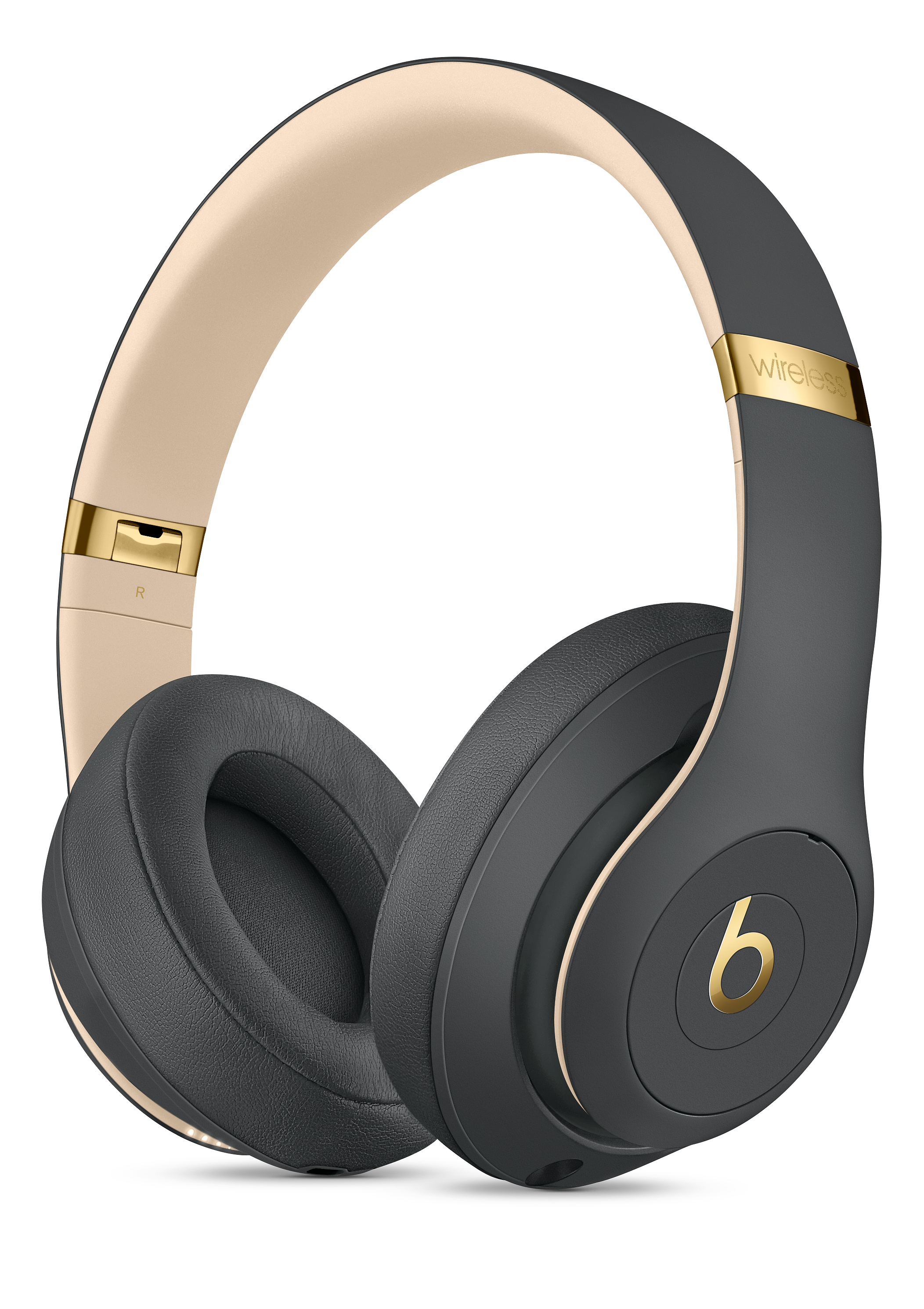
You have dozens of color options, which is a relief, since everyone else mostly offers black, gray, and beige-gray. Some of the colors are wild, but you know, you do you. The earpads are luxurious and comfortable, and the headphones feel well-built, light enough to wear for hours on end.